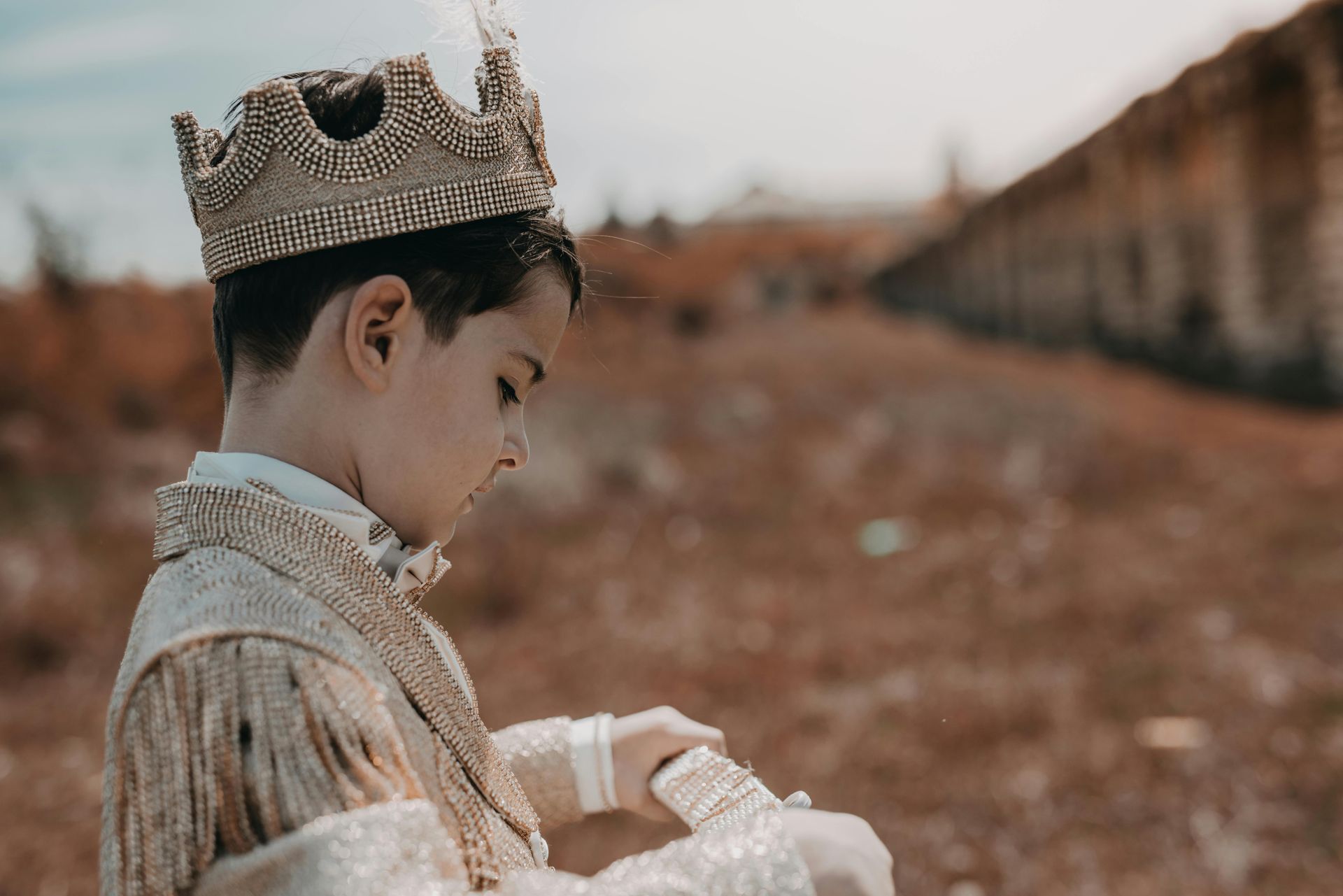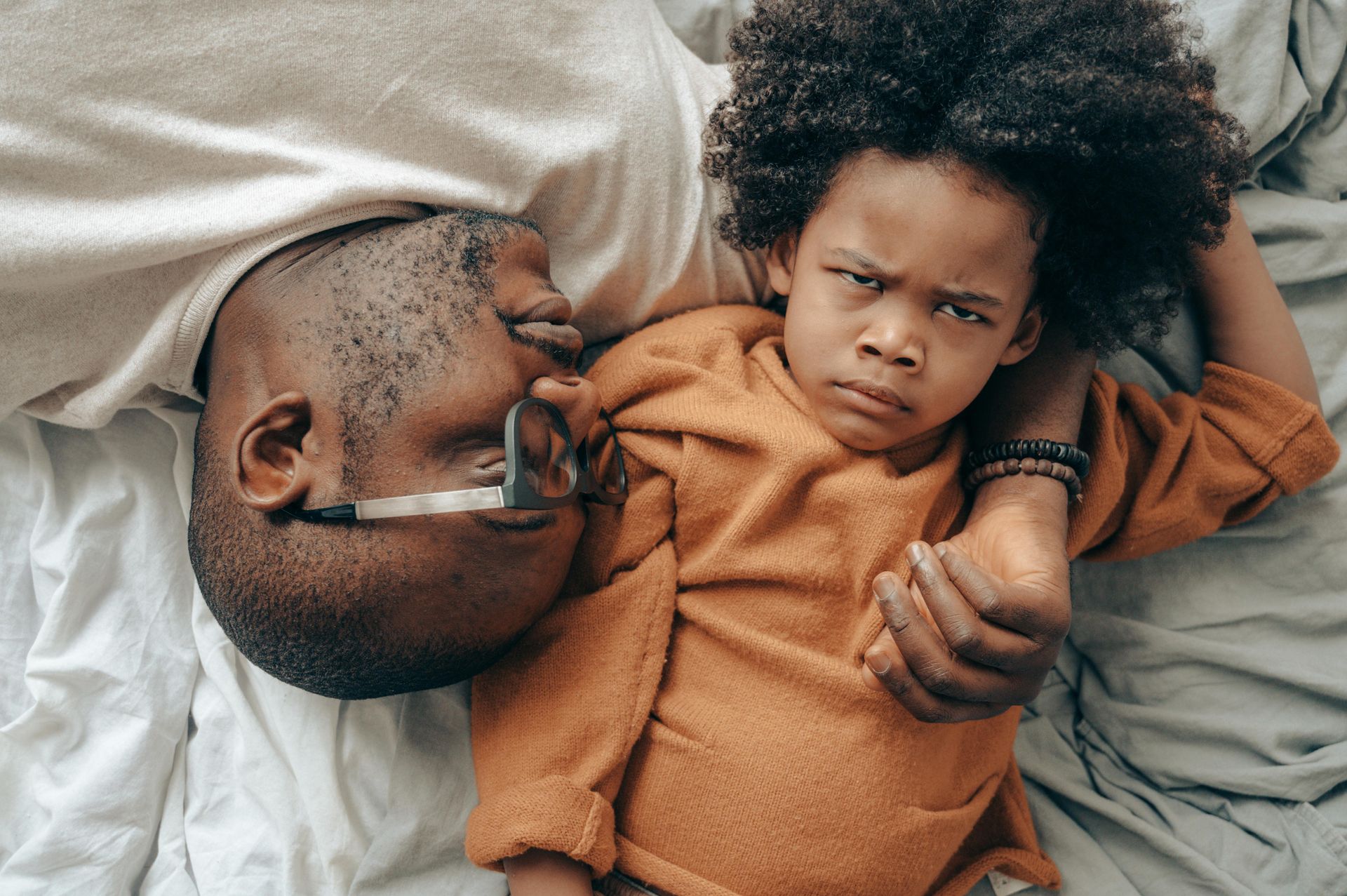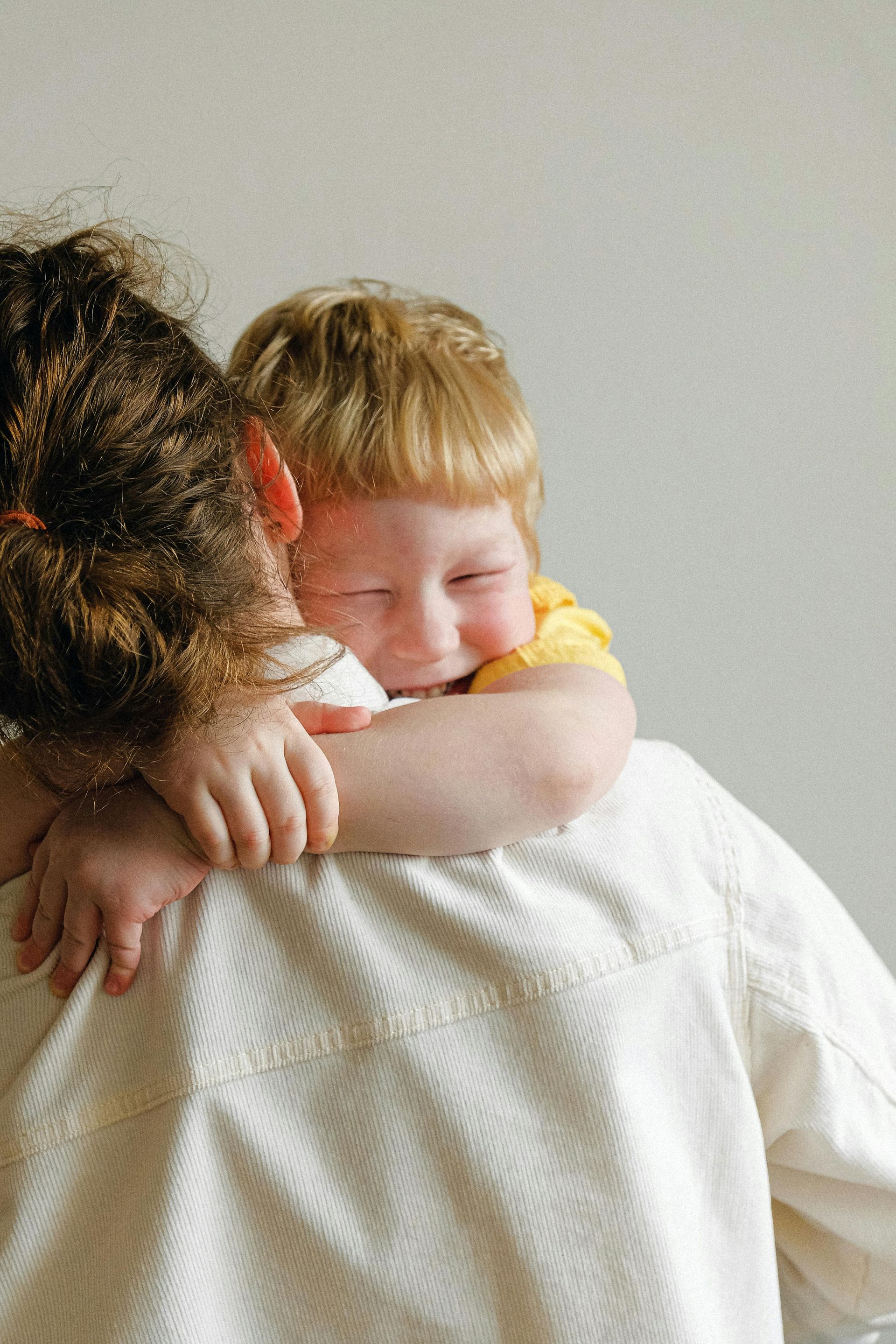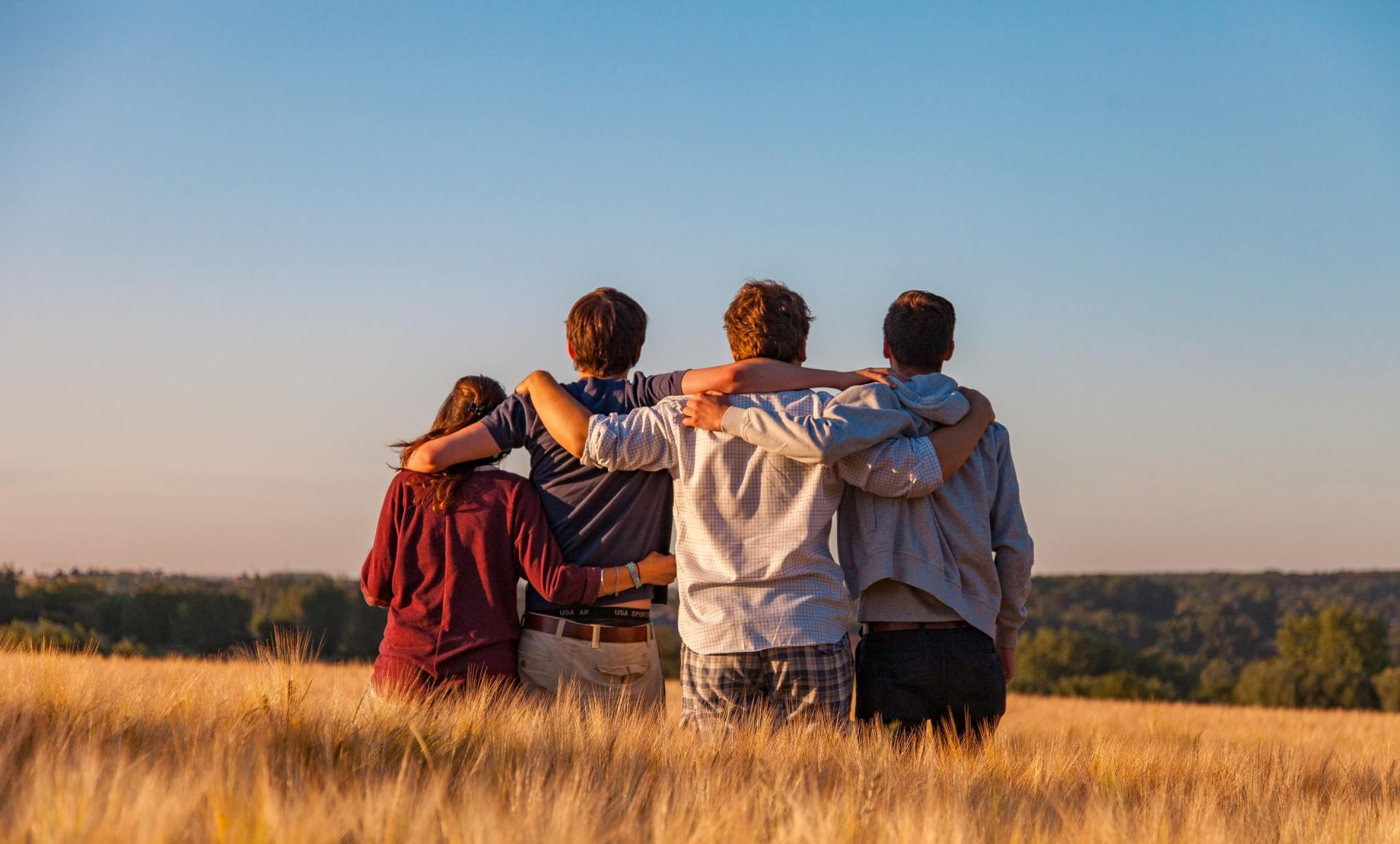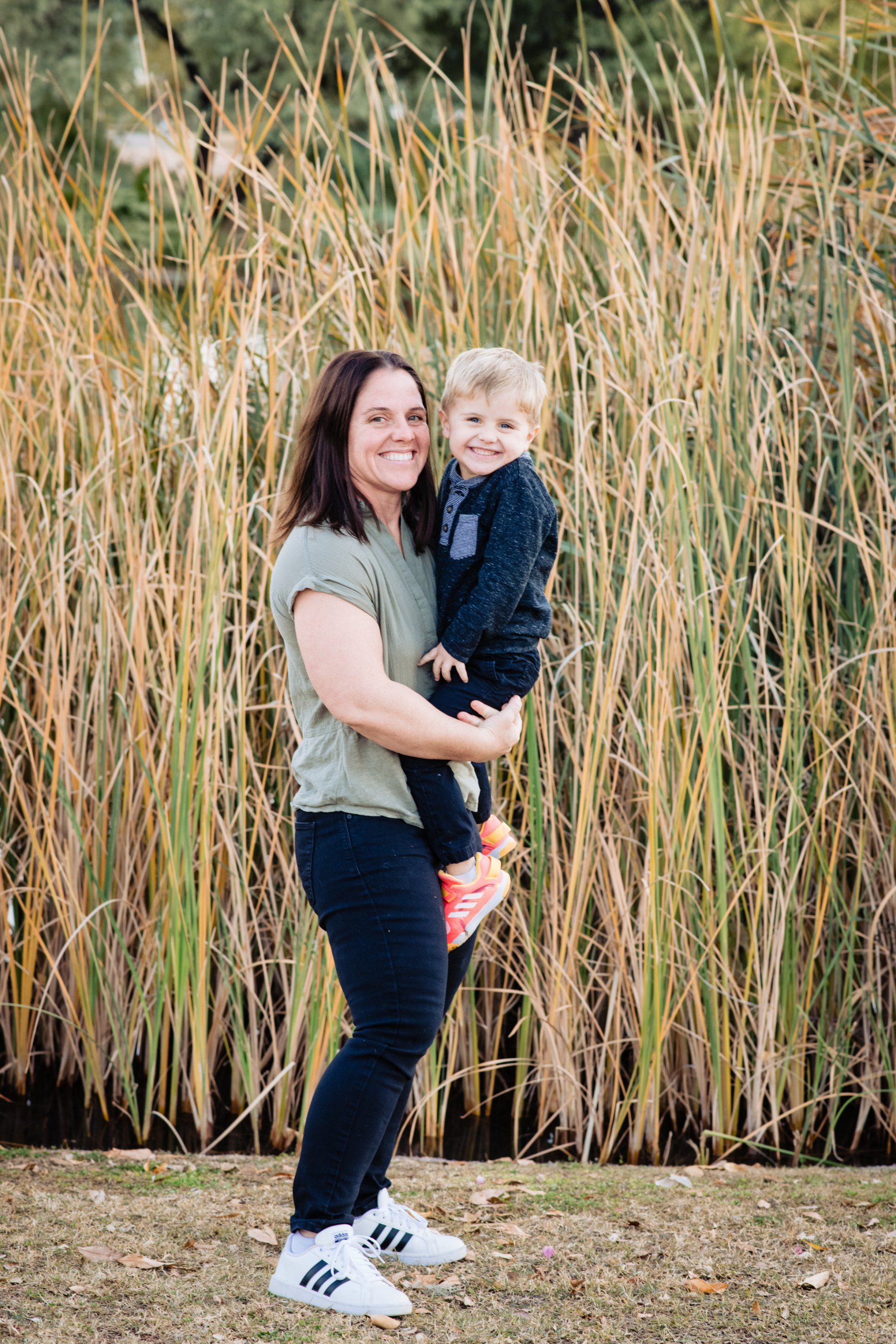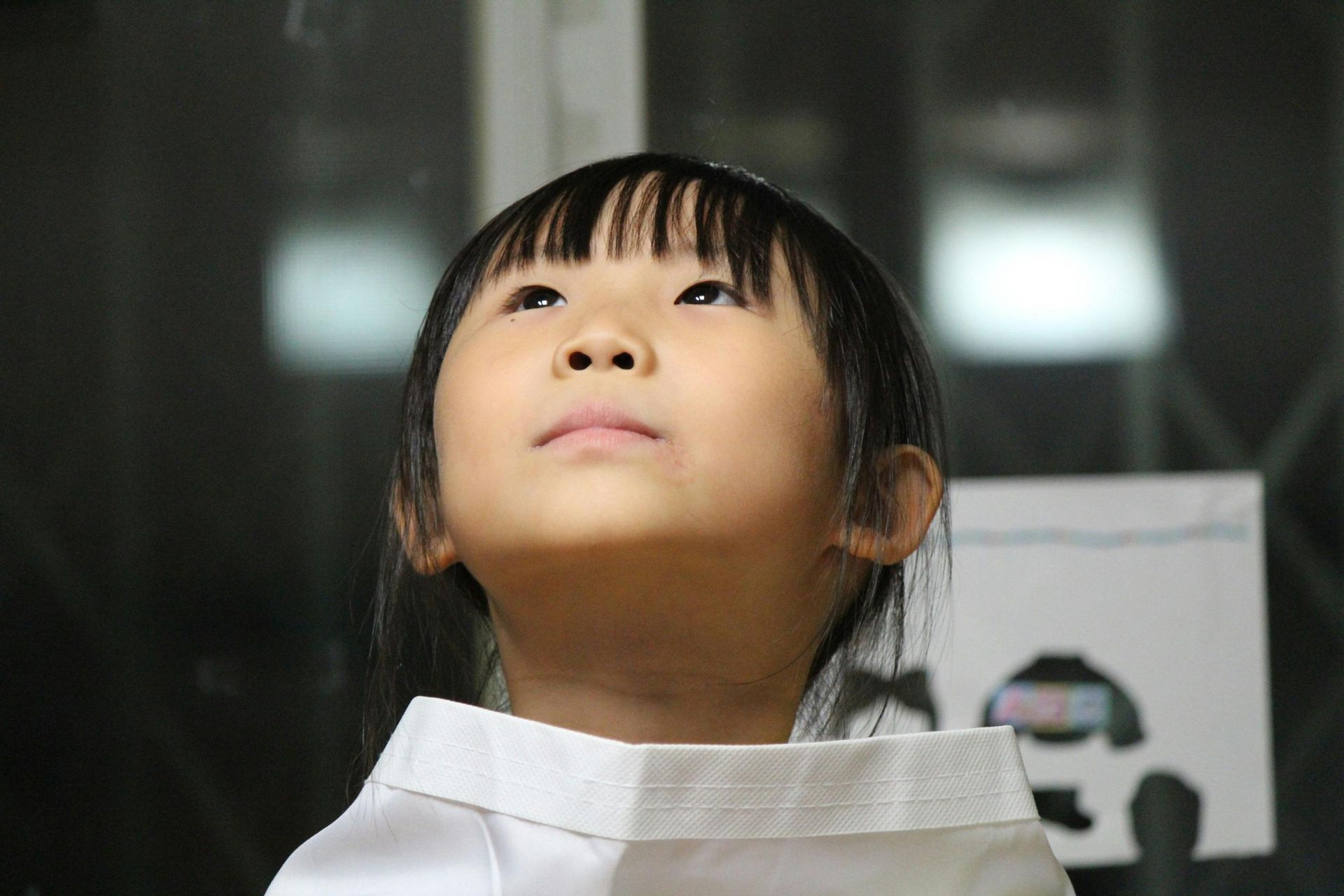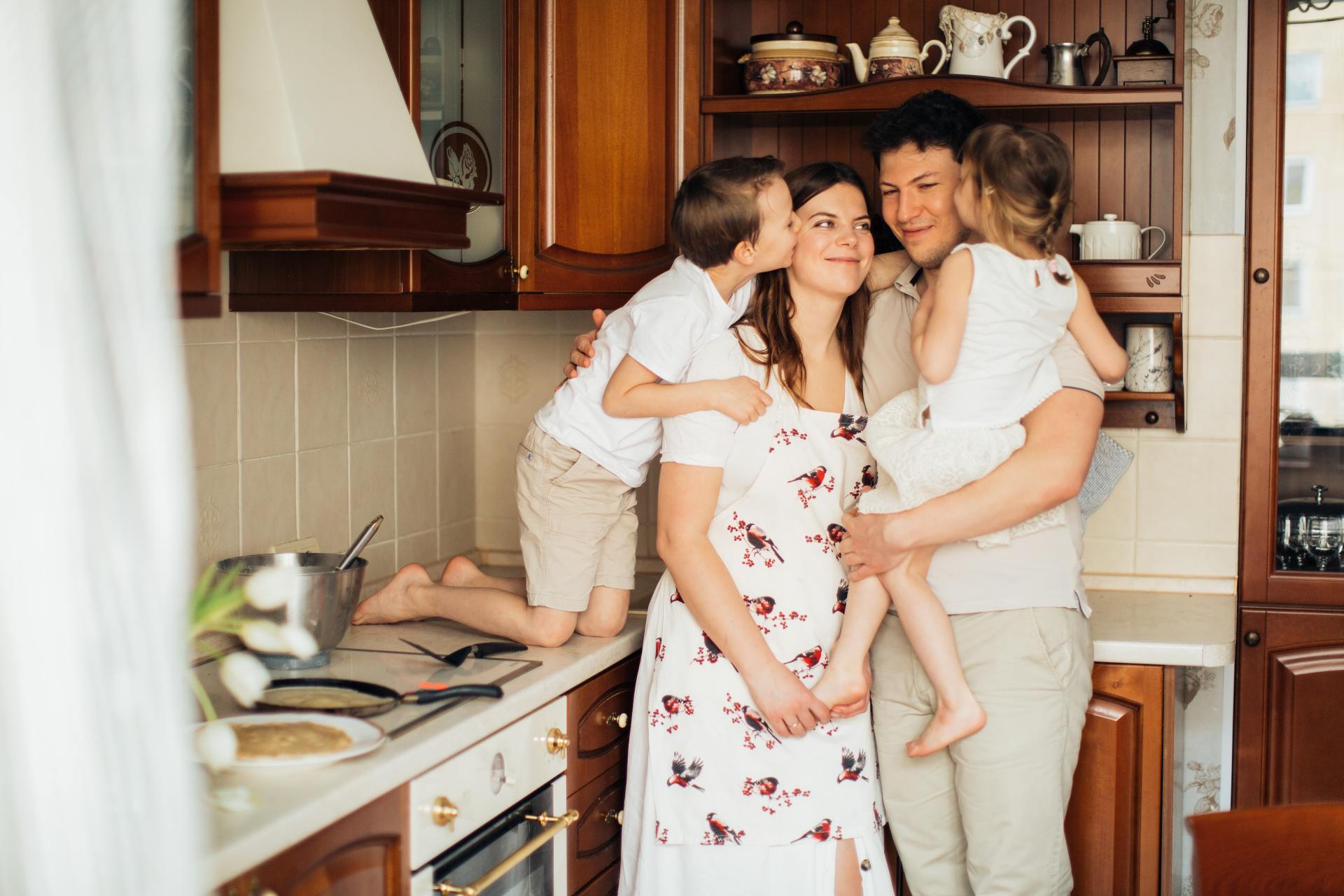YOU ARE SCARED OF THE WRONG THING
Helping Our Children Stay Themselves in a World That Does Not Always Understand

Parents often fear how society will treat children who do not conform to traditional societal expectations. These expectations can include who a person is supposed to love, how they should express their gender, how they dress, how they speak, the roles they should play, and the ways they move through the world. When a child begins to show differences in identity, expression, interests, or how they present themselves, many parents feel a wave of fear.
Will the world be cruel?
Will they be rejected?
Will they be judged?
Will they get hurt?
This fear comes from love. It comes from wanting to protect our children from the sting of judgment or the pain of exclusion. But that same fear often leads parents to focus on the wrong threat. Instead of fearing the long-term harm caused by hiding a child’s truth, parents fear the short-term discomfort caused by society’s reaction to that truth.
In an attempt to protect, parents unintentionally pressure their children to shrink, conform, or silence who they are. This can look like discouraging self-expression, dismissing identity exploration, correcting clothing choices, redirecting their child’s words, or asking them to avoid anything that might draw attention.
It feels protective. It feels loving. But it teaches a child that parts of themselves are too dangerous to show. And this is where the real harm begins.
Children who feel they must hide their identity to stay safe often struggle with shame, loneliness, and disconnection. Research shows that this kind of chronic self-suppression increases the risk of despair and thoughts of not wanting to be alive. The danger is not who your child is. The danger begins when they learn to fear themselves.
What we should fear is not how others might react to our child.
What we should fear is our child believing they must erase parts of themselves to be loved or safe.
The Shift
Let me share a metaphor that parallels how easily people can fear the wrong thing and fail to see where the real danger lies.
A woman hiked a narrow mountain trail with her family. The day was lovely, but the sharp drop to her right kept her eyes fixed on the path, always looking where she wanted to go. She walked alert and steady until a bee began buzzing near her ear.
Her heart jumped. She flinched, swatting at the air. The bee circled closer, and panic took over. She waved her arms wildly, stumbling on the rocks. Her family, walking a few feet behind, saw everything with terrifying clarity. The real danger was not the bee. It was the cliff’s edge she was moments away from slipping off.
“Stop!” her husband shouted, jolting her back into awareness. “You are scared of the wrong thing!” She froze, her breath shaking, one heel hanging over the drop as she remembered instantly what truly mattered.
This moment is a direct reflection of what happens in parenting.
We see something buzzing around our children, such as society’s judgment or ignorance, and fear spikes in our chest. We panic about the sting. We imagine rejection, misunderstanding, or cruelty. We imagine how unkind the world can be.
And in that panic, we wave our arms. We try to steer them away from their truth. We warn them. We correct them. We tell them to blend in and not be who they truly are. We tell ourselves we are protecting them.
But just like the woman on the trail, we are often scared of the wrong thing.
The real danger is not the bee, which represents the judgment, criticism or cruelty they might face. The real danger is the cliff, which is what happens when a child learns to fear or reject themselves.
A child can survive the sting of society’s bias. What they cannot survive is losing themselves to prevent that sting.
The truth is, there are as many ways to be as there are people in this world. Our children deserve to grow into the version of themselves that belongs to them, not the version society pressures them to become.
I would never intentionally march my child into a swarm of bees. No loving parent would. I will always take steps to make their environments safe, supportive, and aligned with my values. But no matter how hard I try, bees show up. They buzz by without warning. They drift toward difference. They sting unfairly. That is the world our children walk through.
My job is not to eliminate every bee. I cannot. My job is to help my child stay steady on the trail. To help them know who they are. To help them trust their footing when something unexpected and scary gets too close. To teach them how to tend to a sting without believing it means something is wrong with them.
Bees sting because they are bees. What puts children at risk is not the sting, but the belief that their true self is something they must hide from others.
Why This Matters
Children who feel unsafe expressing who they are do not become safer. They become wounded. When they internalize the message that their natural identity is too risky, they begin to split into two selves: the one they show and the one they hide. This is where shame grows. Shame becomes self-doubt. Self-doubt can grow into quiet despair.
It is not identity that harms children. It is the belief that identity must be hidden to be accepted.
What protects children is not forcing them to conform. It is providing a relationship where who they truly are is welcomed, encouraged, and supported.
Parents cannot control the bees or the ways people may react. But they can control the emotional environment their child returns to. A child who is embraced at home carries the resilience needed to face a world that may not always greet them kindly.
What Science Says About Gender Identity
Research is clear and consistent across multiple fields of study. Children who are allowed to explore and express who they are do better.
They feel safer.
They show lower anxiety and depression.
They stay more connected to their families.
They develop stronger coping skills.
They are far less likely to experience despair or self-harm.
Children allowed to explore openly have better outcomes even if their identity later shifts. Exploration does not solidify an identity. Exploration protects a child during development.
A nine-year-old who expresses one identity, a twelve-year-old who expresses another, and a fifteen-year-old who expresses something different is not confused. They are growing. And as long as they are supported, the journey itself becomes protective.
Affirmation never harms a child. Rejection always harms a child. Support now protects their future, no matter where their identity eventually settles.
What Science Says About Sexual Orientation
A similar pattern appears in research on sexual orientation. When kids and teens feel safe sharing who they like or love, their stress drops and their confidence rises. Their mental health improves.
Exploring who they may like or love is normal. Feeling safe enough to talk about it is protective.
Teens who fear rejection because of their orientation face much higher rates of anxiety, depression, withdrawal, and thoughts of not wanting to be alive. Parenting response is one of the strongest predictors of resilience.
And again, the research is clear: Children allowed to explore their orientation openly show better long-term outcomes, even if their orientation changes as they grow. Kids are not harmed by exploring. Kids are harmed by hiding. Your acceptance does not determine who they will love. It determines whether they feel safe enough to stay connected to themselves.
The Real Danger
Parents often fear the sting of society’s reaction. But the true danger is when a child internalizes that the safest way to survive is to disappear parts of themselves.
A child can heal from cruelty.
A child cannot always heal from disappearing.
The world will sometimes misunderstand our children. But that is not what breaks them. What breaks them is when they learn that home is another place where they must hide. The question is not whether bees will appear. They will. The question is whether your child will have a steady place to stand when they do.
Parent’s Promise
“I will do everything I can to make the environments around my child as safe, loving, and supportive as possible. But I will not expect the world to be free of judgement or cruelty. I know there will be people who judge, misunderstand, or try to bring them down. When those moments come, I will not panic or push my child to hide. I will stand beside them. I will help them walk through the painful parts without losing themselves. I will remind them, again and again, that they belong in this world exactly as they are. My child will never have to earn my love or shrink to keep it. They are safe to be themselves with me. Always.”
Reflection Questions
- When my child expresses something that differs from my beliefs or expectations, what fear shows up in me, and where do I feel it in my body?
- What parts of my child’s identity or expression do I still try to protect from the world by asking them to shrink, hide, or adapt?
- What would it look like to respond from love instead of fear?
- How can I strengthen my child’s sense of belonging and self-trust, even when the world may not fully understand who they are?

